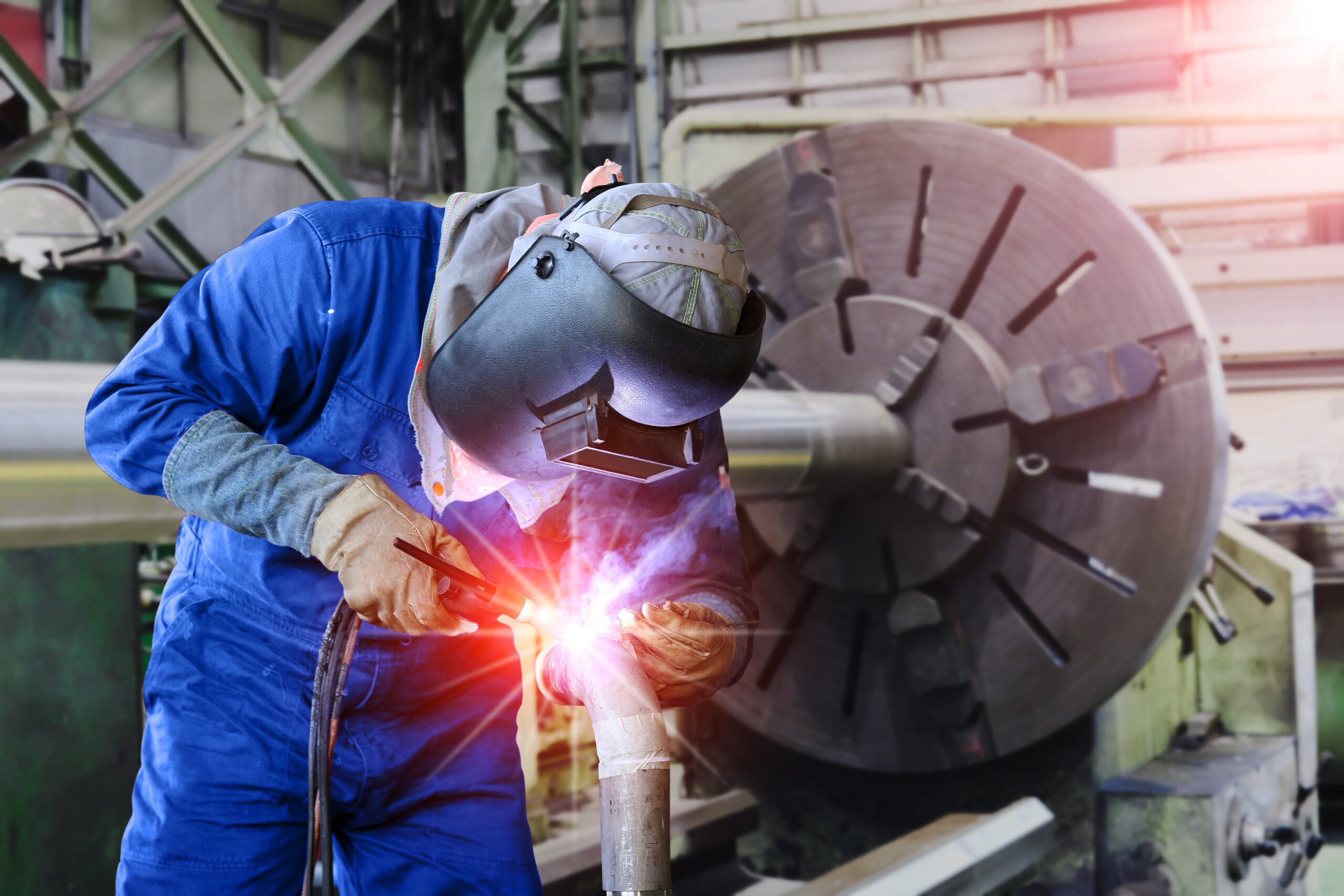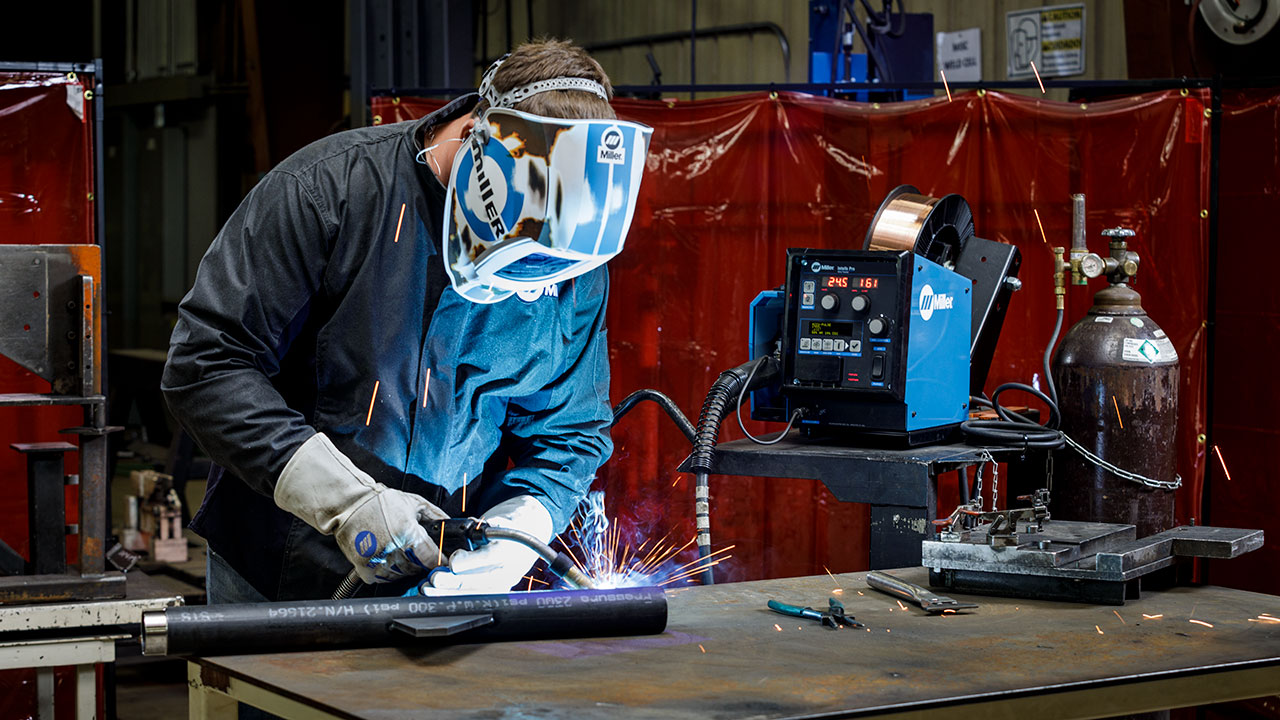Exactly how to Create an Effective Welding WPS: Tips and Ideal Practices
Exactly how to Create an Effective Welding WPS: Tips and Ideal Practices
Blog Article
The Ultimate Overview to Welding WPS Procedures: An Extensive Overview for Welders
In the complex world of welding, Welding Procedure Specifications (WPS) function as the backbone of ensuring top quality, uniformity, and safety in welding procedures. Comprehending the subtleties of producing, executing, and keeping track of WPS treatments is important for welders wanting to elevate their craft and fulfill sector requirements. As we explore the various components of a WPS and explore the complexities of qualification and accreditation, we will uncover the crucial function these treatments play in the world of welding. Allow's begin on a journey to decipher the intricacies and importance of WPS treatments in welding methods.
Relevance of WPS Procedures
Recognizing the relevance of Welding Treatment Requirements (WPS) treatments is vital for guaranteeing the quality and stability of bonded frameworks. WPS procedures work as a roadmap for welders, outlining the necessary actions, parameters, and products required to achieve an audio weld. By adhering to WPS guidelines, welders can ensure consistency in their work, bring about dependable and structurally audio welds.
One of the key reasons WPS treatments are necessary is their role in keeping weld high quality and stability. Adhering to the defined welding criteria and methods described in the WPS helps stop problems such as porosity, fracturing, or incomplete combination, which can compromise the toughness and toughness of the weld. Additionally, WPS procedures are crucial for guaranteeing compliance with market standards and codes. By adhering to well established WPS standards, welders can show that their job fulfills the necessary needs for security and quality, offering assurance to customers, examiners, and governing bodies. Basically, the relevance of WPS treatments can not be overemphasized, as they are essential to attaining constant, top quality welds that satisfy market standards and specifications.

Elements of a WPS
A Welding Treatment Specification (WPS) commonly consists of important elements that detail the certain needs for carrying out a weld, making certain consistency and top quality in the welding procedure. The vital elements of a WPS consist of vital variables such as base metals, filler metals, interpass and preheat temperatures, welding procedures, securing gases, welding positions, and post-weld warm treatment demands.
Base steels describe the products being joined, while filler steels are made use of to load the void between the base metals during welding. Preheat and interpass temperature levels are critical for regulating the warmth input and protecting against problems like cracking or distortion. The welding procedure describes the specific method to be utilized, whether it's gas metal arc welding (GMAW), secured metal arc welding (SMAW), or another method. Shielding gases protect the weld swimming pool from atmospheric contamination. Welding positions specify the positionings in which welding can be performed. Post-weld heat treatment may be essential to ease stresses and improve the weld's residential or commercial properties. A detailed understanding of these components is this contact form important for creating a efficient and extensive WPS.

Credentials and Qualification
Having actually established the vital components of a Welding Procedure Spec (WPS), the focus currently shifts towards the critical elements of certification and certification in welding techniques.

Accreditation, on the other hand, is the formal recognition of a welder's certifications by a pertinent certification body or organization. Welding accreditations are typically based on the certain welding procedures, materials, and settings a welder is qualified to collaborate with. Holding a legitimate welding certification shows that a welder fulfills industry criteria and is skilled to carry out welding tasks to the needed requirements.
Producing a WPS
To establish a Welding Procedure Requirements (WPS) that satisfies industry criteria, careful consideration of welding processes, products, and operational specifications is important. The very first action in producing a WPS is to recognize the welding process to be used, such as gas metal arc welding (GMAW) or secured steel arc welding (SMAW)

Applying and Checking WPS
Upon wrapping up the thorough Welding Procedure Spec (WPS) that diligently details welding procedures, materials, functional parameters, and high quality assurance actions, the focus moves to properly carrying out and keeping an eye on the well established treatments. Application entails making sure that all welders entailed in the task know with the WPS and follow it diligently throughout the welding process. This requires supplying appropriate training and guidance to guarantee adherence to the defined treatments. Keeping track of the WPS entails continuous oversight to verify that welding activities straighten with the documented specifications. Assessments, screening, and quality control procedures are vital elements of the tracking process to recognize any issues or deviations without delay. Routine audits and evaluations of the welding treatments help in maintaining uniformity and quality throughout the task. Efficient implementation and tracking of the WPS are important for guaranteeing the honesty, toughness, and safety and security of the welded joints, inevitably adding to the overall success of the welding project.
Verdict
To conclude, understanding and following Welding Treatment Specs (WPS) is critical for welders to make sure top quality, uniformity, and safety and security in their work. By recognizing the browse around here components of a WPS, obtaining correct certifications and certifications, developing thorough treatments, and implementing and monitoring them effectively, welders can enhance their skills and proficiency in welding practices. Adhering to WPS treatments is necessary for generating top quality welds and meeting sector requirements.
In the elaborate globe of welding, Welding Procedure Specs (WPS) serve as the foundation of ensuring top quality, consistency, and safety and security in welding procedures. The welding procedure outlines the details method to be used, whether it's gas metal arc welding (GMAW), secured metal arc welding (SMAW), or another method.To develop a Welding Treatment Spec (WPS) that meets industry requirements, careful consideration of welding processes, products, and functional specifications is vital. The initial action in producing a WPS is to determine the welding procedure to be made use of, such as gas metal arc welding (GMAW) or shielded metal arc welding (SMAW)Upon settling the comprehensive Welding Procedure Specification (WPS) that meticulously information welding processes, products, operational parameters, and high quality assurance actions, the focus moves to efficiently carrying out and checking the established procedures.
Report this page